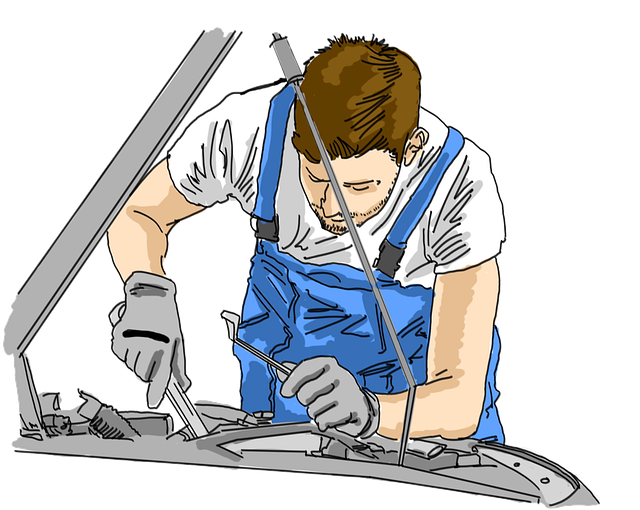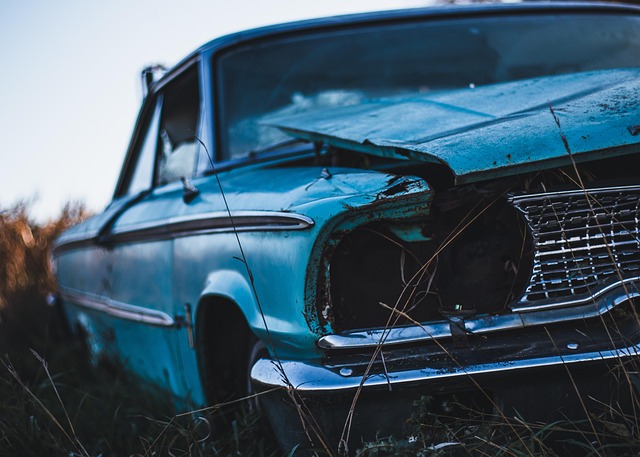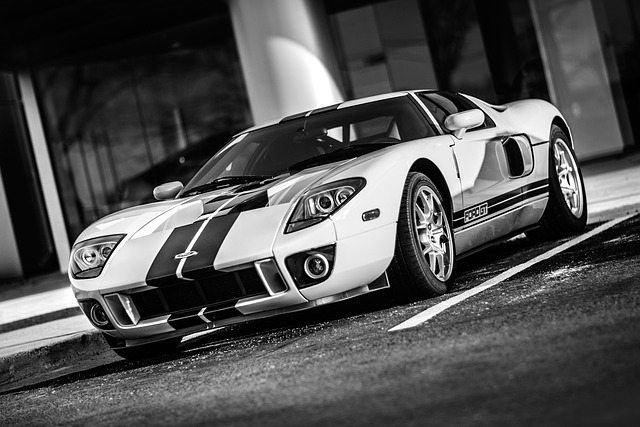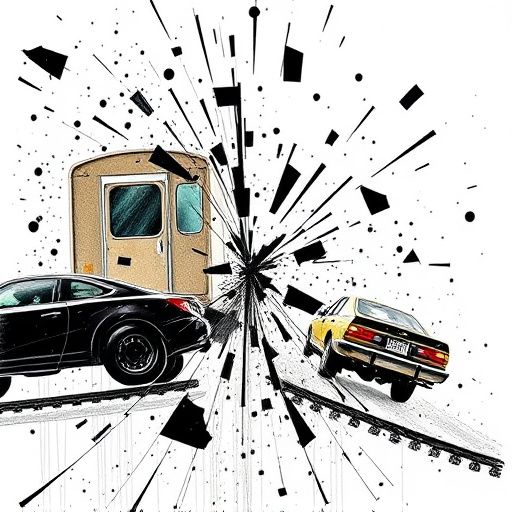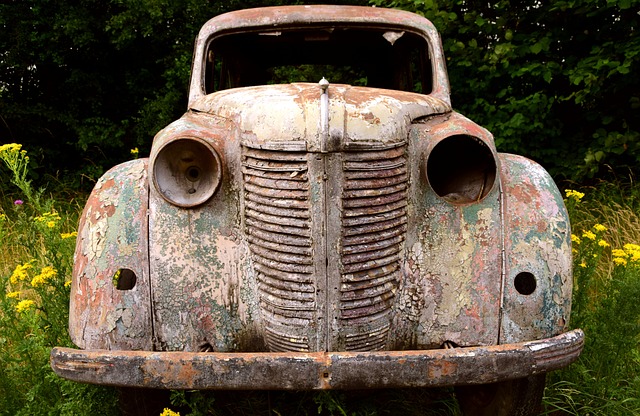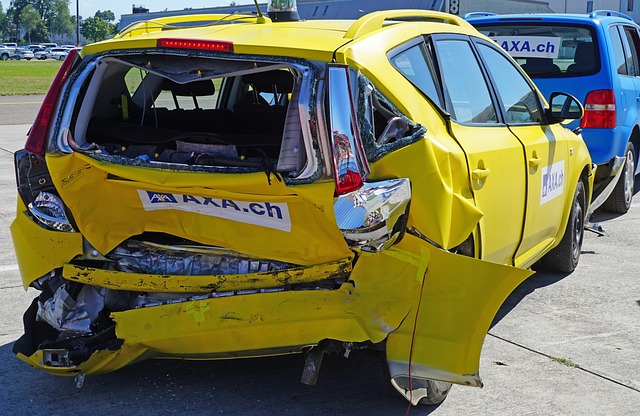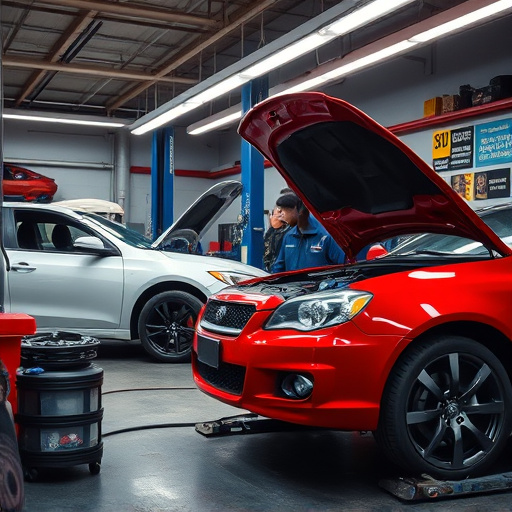Clear coat is a vital component of car paint restoration, offering protection from UV rays, enhancing finish, and maintaining aesthetics. The process involves cleaning, sanding, and carefully applying clear coat. Regular washing with dedicated solutions and microfiber cloths, coupled with wax or sealant application, is essential for preserving the clear coat finish. Severe damage may require professional restoration to restore the car's glossy appearance and protect against environmental contaminants.
“Uncover the secrets of clear coat, a vital layer in car paint restoration, and transform your vehicle’s appearance. This comprehensive guide delves into the essence of clear coat—its role, benefits, and significance in revamping your car’s exterior. We’ll walk you through the intricate process of application and removal, offering expert tips for maintenance and protection. Discover best practices to ensure your clear-coated paint stays pristine, enhancing your vehicle’s beauty and longevity in the world of car paint restoration.”
- What is Clear Coat and Why is it Important in Car Paint Restoration?
- The Process of Applying and Removing Clear Coat
- Best Practices for Maintaining and Protecting Clear Coated Car Paint
What is Clear Coat and Why is it Important in Car Paint Restoration?
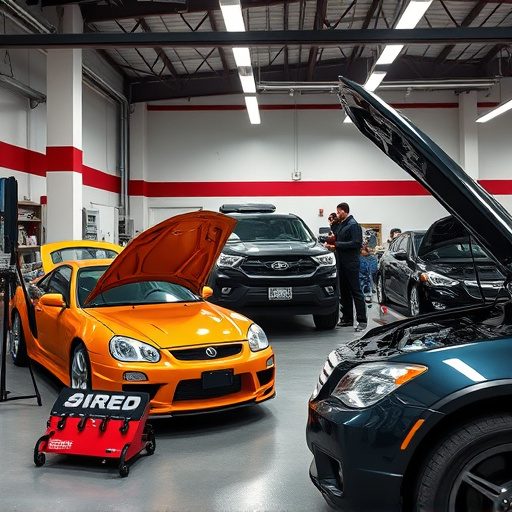
Clear coat is a thin, protective layer of paint applied on top of the base color in car paint restoration. It’s not just an aesthetic addition; it plays a vital role in safeguarding the vehicle’s paint job. This transparent coating acts as a shield, offering resistance against ultraviolet (UV) rays from the sun, which can cause fading and damage over time. By deflecting these harmful rays, clear coat ensures that the base colors beneath remain vibrant and intact, significantly extending the lifespan of the car’s paintwork in the process.
Moreover, clear coat enhances the overall finish and gloss of a vehicle. It allows for a seamless blend between the base color and the topcoat, creating a flawless, glossy surface. This is particularly crucial in auto repair services where achieving a perfect, factory-like finish is desired. In car bodywork, clear coat restoration not only restores aesthetics but also ensures long-lasting protection against environmental factors, ensuring that your vehicle looks as good as new for years to come.
The Process of Applying and Removing Clear Coat

The process of applying and removing clear coat in car paint restoration involves a meticulous approach to ensure optimal results. It begins with preparing the damaged area, which includes thorough cleaning and sanding to create a smooth surface for coating. The application of clear coat, often done using specialized equipment, requires precise timing and even application to achieve a uniform finish. This protective layer, typically made from polyurethane or acrylic, not only enhances the aesthetics but also shields the underlying paint job from environmental factors.
Removal, on the other hand, demands careful consideration. In cases of minor scratches or swirls, clear coat removal can be accomplished through sanding and polishing, allowing for a fresh application during the car paint restoration process. However, in more severe collision repair scenarios involving dents or significant damage to the bumper, professional help is often necessary. Skilled technicians employ chemical strippers or heat-based methods to safely remove the clear coat, preparing the vehicle for comprehensive vehicle collision repair and ensuring a seamless final restoration.
Best Practices for Maintaining and Protecting Clear Coated Car Paint

Maintaining a clear coat finish on your car’s paintwork is an essential part of regular car paint restoration. The clear coat is the protective top layer that gives your vehicle its glossy, vibrant finish and helps to prevent scratches and fading. Here are some best practices to keep it looking its best:
Regular washing and detailing are key. Use a dedicated car wash solution and microfiber cloths to avoid scratching. Always rinse thoroughly after washing to remove any soap residue, which can attract dirt and damage the clear coat over time. For added protection, consider applying a high-quality wax or sealant specifically designed for clear coats. This extra layer will provide a barrier against UV rays, bird droppings, tree sap, and other environmental contaminants that can degrade the finish. Remember to reapply the wax or sealant regularly, especially after intensive car wash cycles or exposure to harsh weather conditions.
In addition to regular care, being mindful of where you park your vehicle is crucial. Avoid exposing it to direct sunlight for extended periods, as this can cause the clear coat to yellow or crack over time. Similarly, be cautious when parking near bodies of water or in areas prone to high humidity, as moisture can lead to water spots and damage the finish. If your car has seen better days or sustained damage from a collision at a collision center or automotive body shop, professional restoration services can restore the clear coat to its former glory, ensuring your vehicle looks as good as new.
Clear coat plays a pivotal role in modern car paint restoration, offering a protective layer that enhances durability and shine. By understanding its application, removal, and maintenance, enthusiasts can ensure their restored vehicles not only look their best but also stand the test of time. Adhering to best practices for clear coat care is essential for preserving the vehicle’s aesthetic appeal and investment value in the long run.
